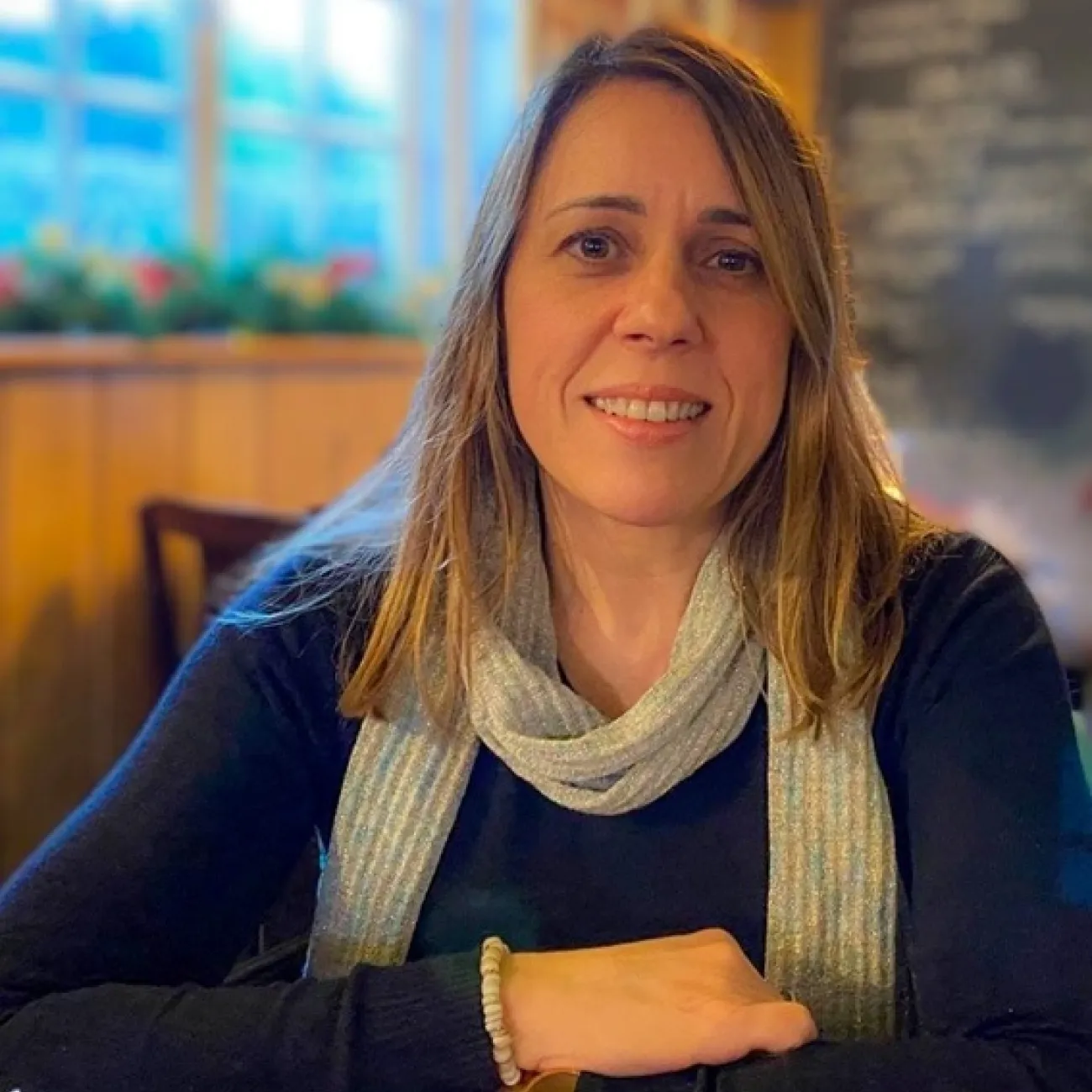About
I am a Professor of Linguistics interested in formal second language acquisition, syntactic theory and grammatical attrition. Originally from Spain, I joined the department in 2004 after receiving my PhD in Applied Linguistics from Boston University, USA.
I am a member of the REF2029 Subpanel 26 (Modern Languages and Linguistics).
I am the co-director of the ESRC-funded SPLLOC project which investigates the acquisition of Spanish morphosyntax by English learners.
I have co-led the creation of two open-access digital corpora freely available to the research community: L2 Spanish learner data (www.splloc.soton.ac.uk) and L1 native language attrition (www.conga.soton.ac.uk)
I have led an AHRC-funded research project investigating native language attrition, changes in the grammars of native speakers as the result of learning a second language. My collaborators are Dr Glyn Hicks, Dr E Jamieson and Prof Monika Schmid.
I am a member of the editorial board of ‘Second Language Research’ and ex member of the editorial board of ‘Studies in Second Language Acquisition’ and the ‘Journal of the European Second Language Association’. Ex-member of the ‘European Second Language Association’ (EuroSLA) Executive Committee. Member of the ‘ESRC Peer Review College’.
Featured monographs:
Mitchell, R., Myles, F., Marsden, E., Domínguez, L. Forthcoming 2025. Second Language Acquisition Theories (5th Edition). Routledge.
Slabakova, R., Leal, T., and Domínguez, L. 2025. Research Methods in generative Second Language Acquisition. Second Language Acquisition Research Series. Routledge.
Domínguez, L. 2013. Understanding Interfaces: L2 acquisition and native language attrition of Spanish subject realization and word order variation. John Benjamins.
Doctoral Students:
- Rawiyah Alsahari: “The acquisition of articles by bilingual Arabic-English children in the UK”. Expected 2026.
- Anna Hart (2025): “Heritage Polish children starting school in the UK: their language and social networks”.
- Lewis Baker (2024): “The Role of Input in Modelling L1 Morphosyntactic Attrition in Adult Grammars.” (co-supervised with Dr Hicks).
- Kefan Yang (2021): “L2 learnability of viewpoint aspect at the initial stages of feature reassembly: a bidirectional study with learners of Chinese and Spanish”.
- James Corbet (2021): “Heritage Language Acquisition under Feature Reassembly: The development of Spanish viewpoint aspect morphology by heritage speakers in the United Kingdom”.
- Amy Wallington (2021): “Investigating the Roles of Feature Reassembly and Linguistic Input in Later-stage Second Language Acquisition: A Case Study of Aspectual Development in University Learners of French”.
- Maria Clements (2017): “Exploring the role of previously acquired languages in third language (L3) acquisition: a feature-based approach”.
- Badriya Al-Farsi (2014): “Semantic neighbourhood density effects in word identification during normal reading: evidence from eye movements”. (co-supervised with Dr Rule).
- Hee-Jeong Song (2012): “Universal Grammar and Second Language Acquisition: a bidirectional study on L2 pronominals”. (co-supervised with Dr Hicks).
- Caroline Hyde-Simon (2012): “Predicting relative difficulty in the acquisition of “new” and “similar” phonemes in second language phonology: a case study of L1 Zürich German phonology”.
Service to the Department (Modern Languages and Linguistics):
- Head of Department (2021-2025)
- REF Champion for Impact (REF2021)
- Deputy Head of Department (2018-2019)
- Head of Research (2016-2019)
- Linguistics Section Leader (2011-2015)
Service to the University:
- Member of the University’s Senate (2020-2023)
- Member of the REF-Impact review working group (2021)
- Member of the QS World Rankings Advisory Group (2019-2020)
Other appointments:
- Member of Subpanel 26, REF2029
- Member of the ESRC Grant Assessment Panel (2021-2025)
- External examiner for MA (Taught) programmes in Linguistics and Linguistics and ELT at the University of Leeds (2018-2022)
You can update this in Pure (opens in a new tab). Select ‘Edit profile’. Under the heading and then ‘Curriculum and research description’, select ‘Add profile information’. In the dropdown menu, select - ‘About’.
Write about yourself in the third person. Aim for 100 to 150 words covering the main points about who you are and what you currently do. Clear, simple language is best. You can include specialist or technical terms.
You’ll be able to add details about your research, publications, career and academic history to other sections of your staff profile.
